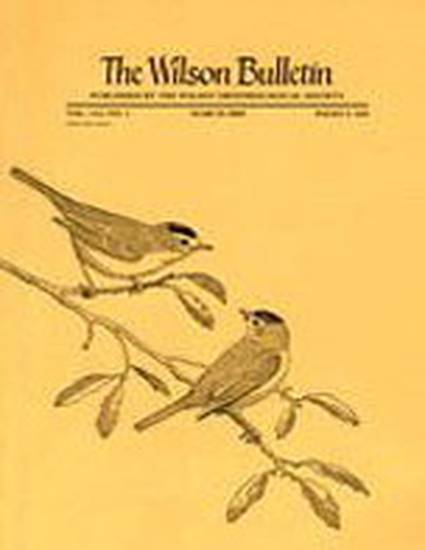
Article
Effects of Fires on Foraging and Breeding Wading Birds in the Everglades
Wilson Bulletin
(2002)
Abstract
Nests, eggs, and chicks of nesting wading birds were unharmed by two fires in the Everglades. However, at least 50 adult White Ibises (Eudocimus albus) foraging away from the breeding colonies were killed during one fire. These results are counter-intuitive given that well-flighted adult birds seem more capable of escaping a fire than immobile nests or eggs. Nests probably were unharmed because of their location in wet willow (Salix carolina) and buttonbush (Cephalanthus occidentalis) islands. The adult birds foraging in a small cattail (Typha angustifolia) stand may have been trapped by flames in surrounding tall sawgrass (Cladium jamaicense) or debilitated by smoke inhalation. These observations provide insight into the direct effects of fire on wading bird breeding colonies and individual survival.
Disciplines
Publication Date
March, 2002
Citation Information
Peter N. Epanchin, Julie Heath and Peter C. Frederick. "Effects of Fires on Foraging and Breeding Wading Birds in the Everglades" Wilson Bulletin Vol. 114 Iss. 1 (2002) Available at: http://works.bepress.com/julie_heath/19/
